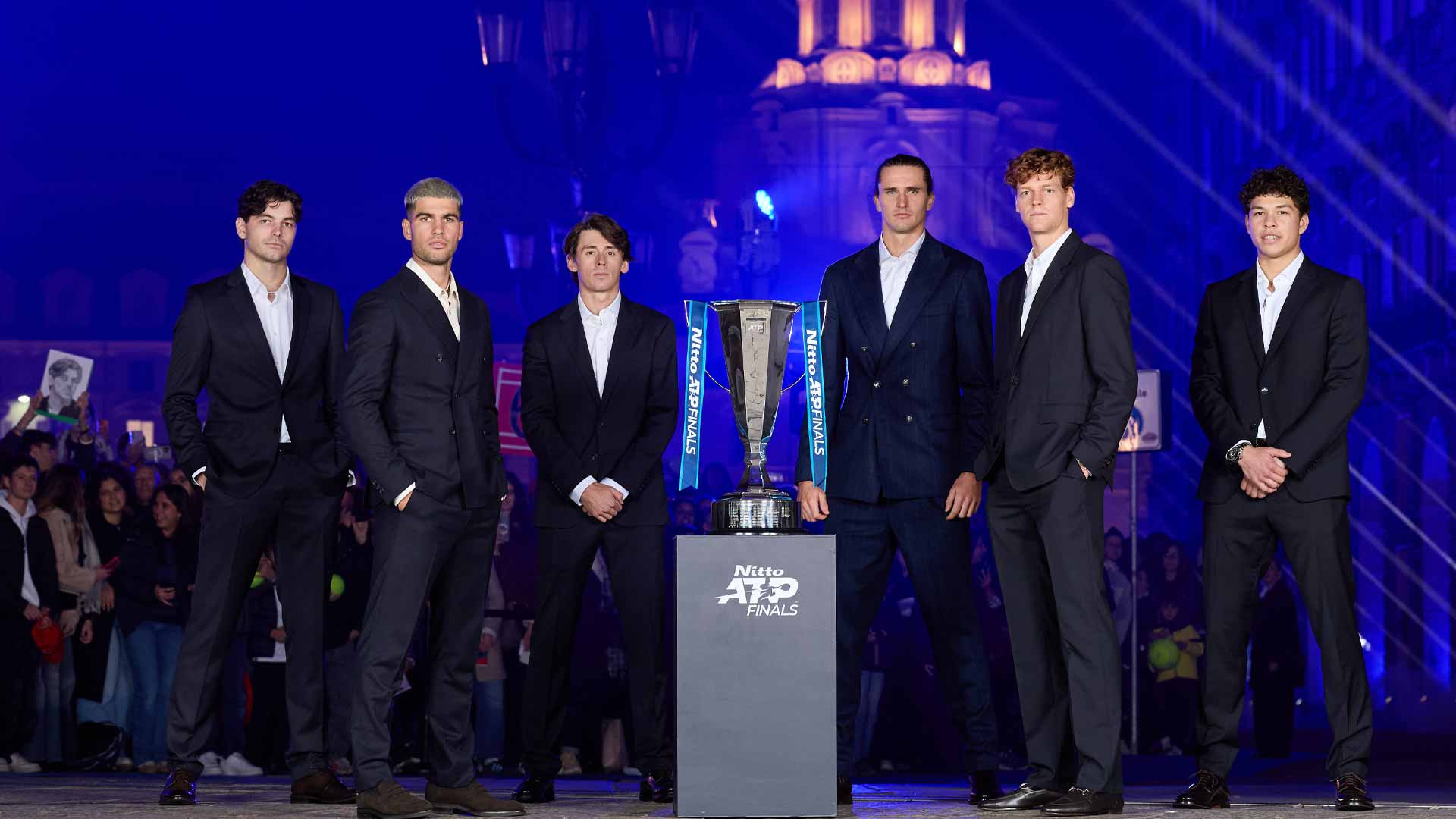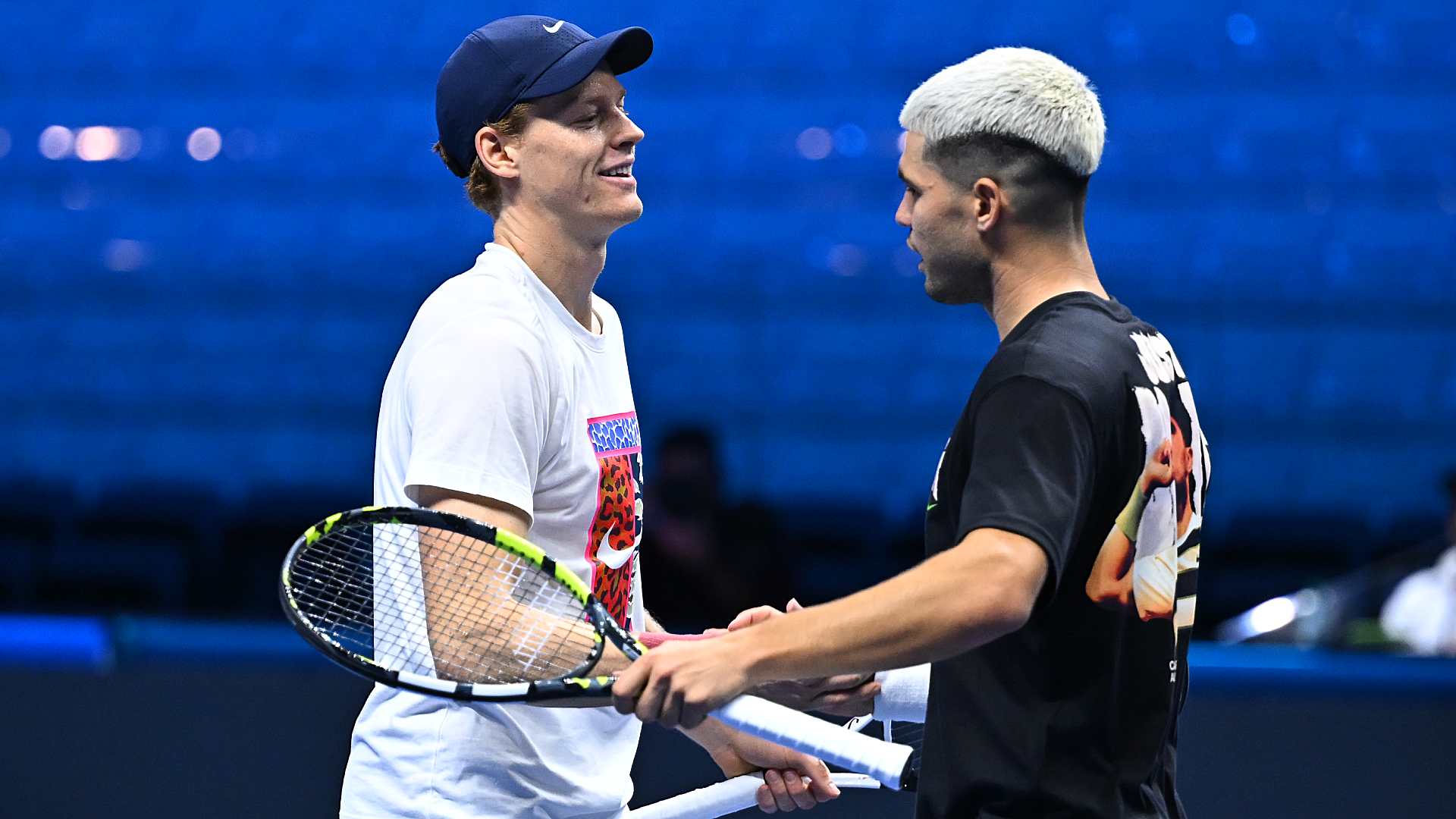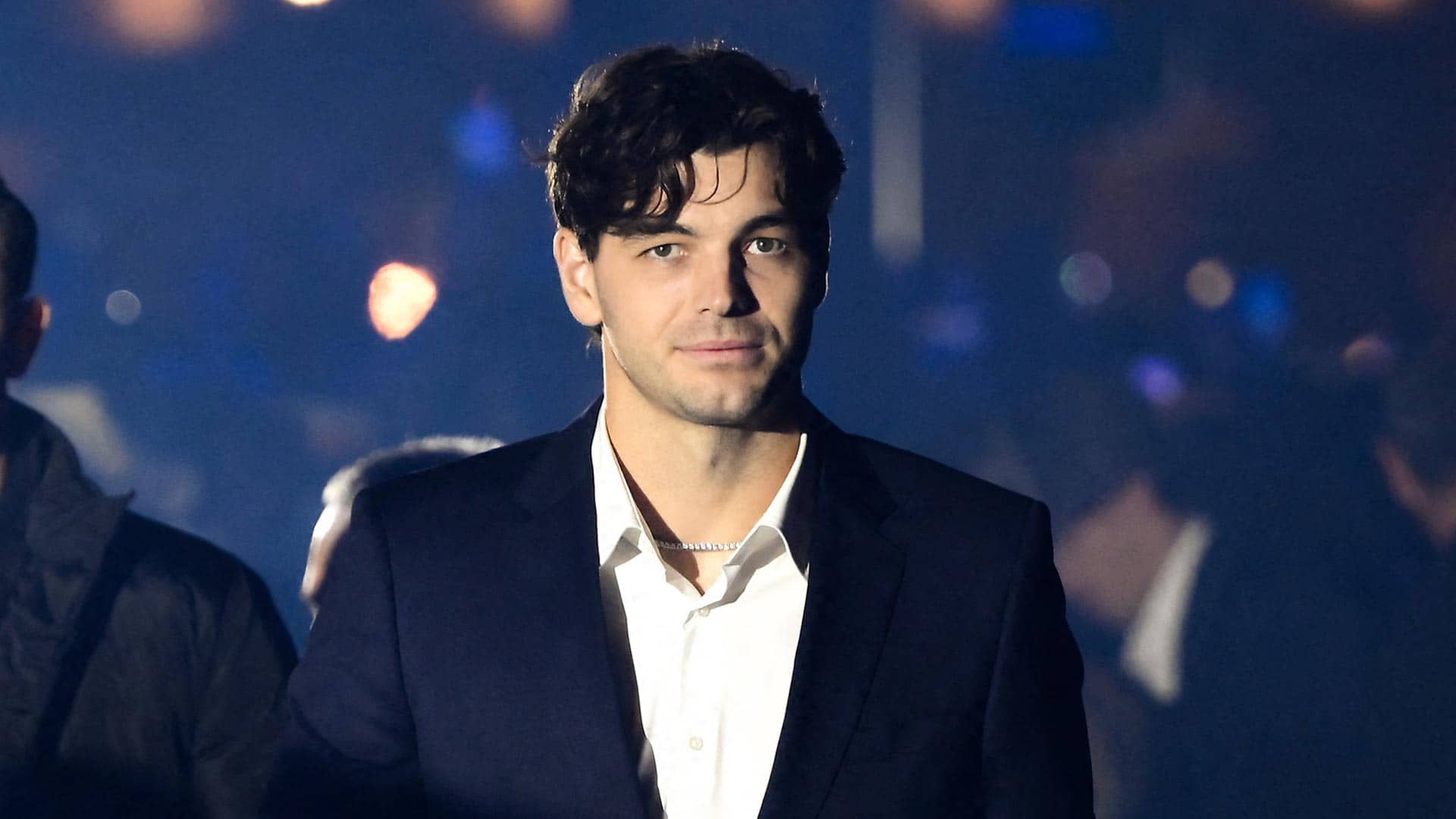Alcaraz's US Open victory cements the Big Two's grip
Carlos Alcaraz's straight-sets mastery over Jannik Sinner in the 2025 final extends their stranglehold on majors, but whispers of challengers stir as the tour eyes the next breakthrough.

Rivals shoulder the weight of supremacy
Alcaraz's path carved through the draw with surgical precision, his semifinal dismantling of Novak Djokovic a testament to tactical evolution on hard courts. The 24-time champion, after a quarterfinal breeze on Tuesday, had spoken of the duo's edge with a mix of respect and resolve, noting how everyone anticipated their clash. Three days later, a 6-4, 7-6 (4), 6-2 defeat left Djokovic reflective, his voice carrying the fatigue of five-set wars at 38. He conceded the mounting difficulty in best-of-five Slams against Sinner and Alcaraz, a hurdle that seemed insurmountable in the humid New York air. The final echoed that inevitability, Alcaraz varying his one–two patterns with inside-out forehands that stretched Sinner's defenses, forcing errors on returns while holding serve at a blistering 98% clip through the tournament. Sinner countered with deep backhands down the line, reclaiming the second set through sheer baseline grind, but subtle lapses—a hurried volley, a foot fault—betrayed the psychological strain of their shared streak. Eight majors claimed since 2024's start, four each, marked Sunday as the first without a Big Three finalist since 2002, the baton passed in a hush of confetti and fading echoes."I'm seeing you more than my family," Alcaraz joked during the trophy ceremony as he looked at Sinner.
Challengers probe for tactical cracks
Other finalists across those eight majors—Djokovic, Taylor Fritz, Daniil Medvedev, Alexander Zverev twice—faded against the duo's depth, Zverev's straight-sets Australian loss prompting a raw admission to the crowd about ever lifting the trophy. Fritz, the No. 4 who fell in straight sets to Sinner in the 2024 US Open final, highlighted their youth-driven strides at this tournament's outset, improvements that spurred the field to adapt or fade. In 2025's seven Masters 1000 events, Alcaraz secured three, but Sinner was sidelined for four of them as he served a three-month suspension, allowing Jack Draper, Jakub Menšík, Casper Ruud, and Ben Shelton to claim the rest. Shelton, the 22-year-old American now at a career-high No. 6 with three titles including last month's Canadian Open, brings booming lefty serves down the T and two major semifinals, one in Melbourne this year. His raw power disrupted Sinner once in seven meetings, though he's winless against Alcaraz, and a shoulder injury forced his third-round retirement here. Mary Joe Fernandez, former No. 4 and analyst, spots his potential to unsettle, praising the entertainer's weapons and fun-loving style amid untapped growth. She envisions him and others pushing boundaries, though the bar sits impossibly high."I think those two guys now, for the next few years, are the ones to beat, [but] someone like a Ben Shelton can disrupt them," Fernandez said. "I've been really happy with his progress, seeing him develop as a player. I still think he's got a lot of improvement left to go. [Shelton] has weapons. He's an entertainer, another player that really has fun out there. If he continues on this path of improving, he could be someone that can disrupt them. I mean, there's a few other [players], for sure. But it's going to be tough because these guys have really set the bar very high."
"I know we pump up Fonseca a lot, but for the sake of the health of our sport, and I actually do believe this, I am going to say yes. He can catch up to these guys and get to the conversation," Isner said this summer. "I am not saying that it's next year or the year after, but in the next four or five years he can be in the conversation where he is one of the top four favorites to win each Slam he enters."
Uncertain horizons beyond the duo
Their final etched Open Era milestones: the second pair to sweep two seasons' majors, mirroring Federer and Nadal in 2006 and 2007, and the first men in three consecutive finals within one year, evoking the Williams sisters' 2002 run. Yet tennis's flux reminds of Medvedev's arc—six major finals from 2019 to 2024, a 2021 US Open crown, brief No. 1 stint—now reduced to one Slam win in 2025, opening-round upsets at the French, Wimbledon, and here. At 29, he might rebound in 2026, but his slide illustrates the mental fortitude required to endure at the summit against Alcaraz's drop-shot feints on clay or Sinner's low-skidding underspin on hard courts. The crowd's pulse in Ashe—from Djokovic's semifinal tension to the final's suspended breaths—amplified their isolation, the air humming with the duo's unyielding tempo. At 22 and 24, neither has peaked, their all-surface command—Alcaraz sliding into inside-in redirects, Sinner stepping inside for flat crosscourt winners—positioning them as favorites across boards. Patrick McEnroe, former quarterfinalist and ESPN voice, forecasts their reign over the next three or four years without claiming every title, leaving space for disruptors like Murray, Wawrinka, or del Potro once did against the old guard."I do think Sinner and Alcaraz over the next three, four years will dominate," McEnroe said. "Do I think they're going to win every single one? No."


